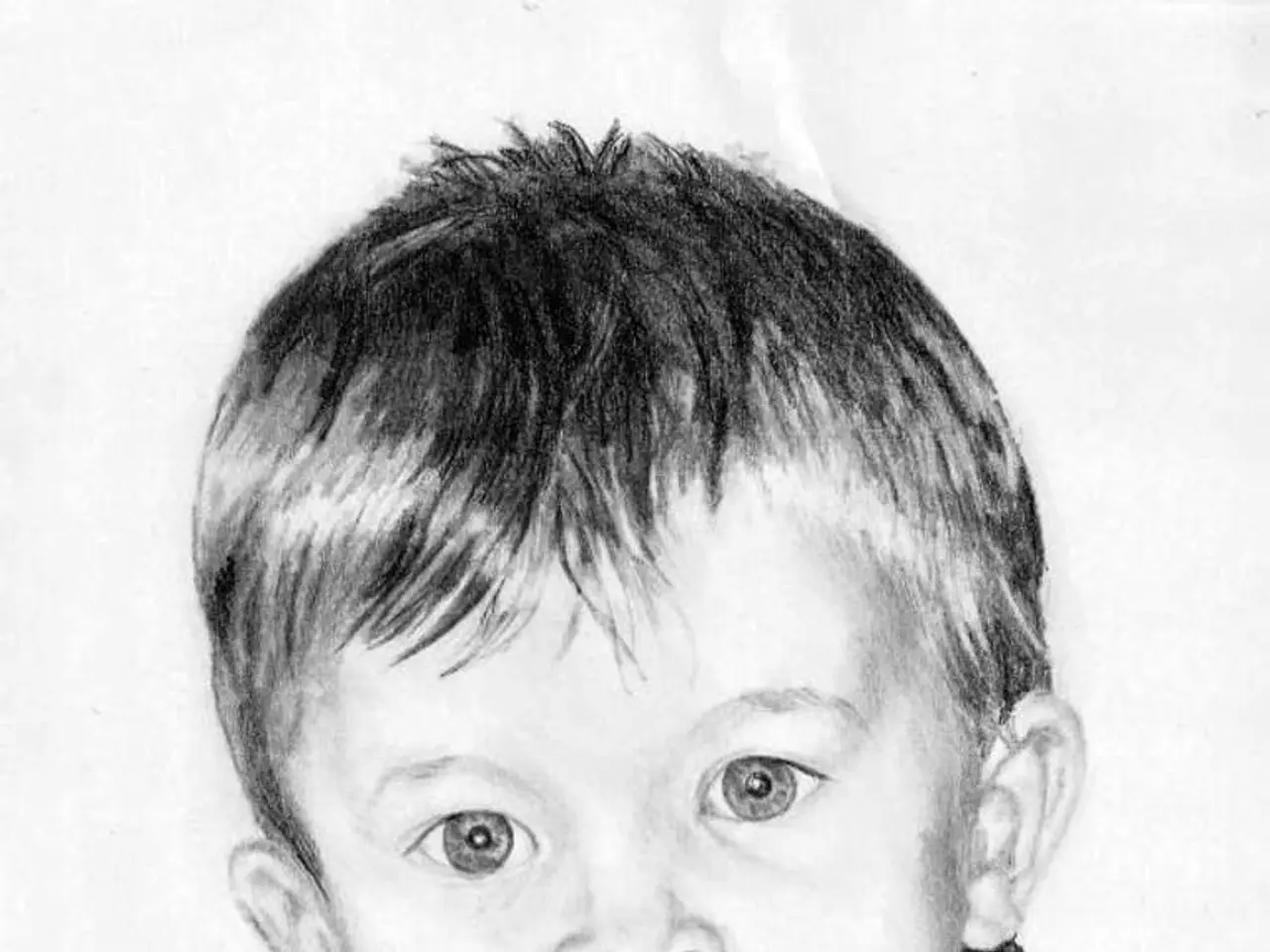Childhood and adult dysplasia: Causes, signs, and additional insights
Dysplasia, a condition characterised by abnormal development or growth of tissues or organs, can manifest in various forms in both adults and children. This article provides an overview of the common types of dysplasia, their causes, symptoms, and treatments.
---
### Common Types of Dysplasia
1. **Skeletal Dysplasias** - Examples include Ellis–van Creveld syndrome and Engelmann syndrome. These congenital and hereditary disorders often result in bone malformations such as dwarfism, extra digits, bone thickening, and deformities.
2. **Hip Dysplasia** - Developmental Dysplasia of the Hip (DDH) involves abnormal relationship or dislocation of the femoral head and acetabulum. Primarily affecting infants and children, it can persist into adolescence and adulthood. Symptoms include abnormal leg positioning, limited hip motion, waddling gait, or hip pain.
3. **Focal Cortical Dysplasia** - This brain malformation is characterised by abnormal cortical development, potentially leading to seizures, especially in children.
---
### Causes
- **Genetic/Inborn Errors**: Many dysplasias, like skeletal dysplasias or focal cortical dysplasias, are caused by genetic mutations impacting tissue development. - **Developmental Abnormalities**: Hip dysplasia arises from improper joint formation in utero or infancy. - **Hereditary Factors**: Some dysplasias are inherited in an autosomal recessive manner. - **Environmental/Unknown**: Some dysplasias occur sporadically without clear causation.
---
### Symptoms by Type
| Dysplasia Type | Common Symptoms | |----------------------------|--------------------------------------------------------------| | Skeletal Dysplasias | Bone deformities, dwarfing, malformed nails/teeth, bone pain | | Hip Dysplasia | Leg length discrepancy, limited hip motion, waddling gait, pain | | Focal Cortical Dysplasia | Seizures, neurological deficits |
---
### Treatments
- **Skeletal Dysplasias** - Supportive and symptomatic management of deformities, physical therapy, and genetic counseling may be offered.
- **Hip Dysplasia** - Infants/Children: Bracing (e.g., Pavlik harness), physical therapy. - Older Children/Adults: Surgical interventions such as osteotomies to realign the joint, muscle releases for contractures. Severe adult cases may require total hip replacement or hip resurfacing. Early treatment yields better outcomes.
- **Focal Cortical Dysplasia** - Anti-epileptic medications for seizure control. Surgical resection of dysplastic brain tissue if seizures are refractory to medication.
---
In conclusion, dysplasias vary widely but generally involve abnormal tissue development, often congenital or hereditary. Skeletal types affect bones and joints, hip dysplasia primarily affects the hip joint's congruity in children and adults, and cortical dysplasias affect brain structure causing seizures. Treatment depends on type and severity, ranging from supportive care and bracing to surgical correction or resection. Early diagnosis and intervention are crucial to improve outcomes and quality of life.
Additionally, cervical dysplasia can be detected during a Pap smear, and people with a weakened immune system or who smoke may have a higher risk of developing it. It's important to note that dysplasia does not always become cancer, but it might. Developmental dysplasia is common in children and can affect many parts of the body. Myelodysplastic syndrome (MDS) is a type of dysplasia affecting the bone marrow that can lead to leukemia. The risk of developing cancer varies depending on the type of dysplasia.
[1] Amish population: https://ghr.nlm.nih.gov/condition/ellis-van-creveld-syndrome [2] Hip dysplasia in children: https://www.nhs.uk/conditions/developmental-dysplasia-of-the-hip/ [3] Focal cortical dysplasia: https://www.ncbi.nlm.nih.gov/books/NBK1243/ [4] Hip dysplasia in adults: https://www.nhs.uk/conditions/hip-osteoarthritis/diagnosis/ [5] Osteoarthritis caused by untreated dysplasia: https://www.ncbi.nlm.nih.gov/pmc/articles/PMC2913613/
- Asthma, a common medical-condition, can occasionally occur in individuals with skeletal dysplasias due to causes such as chest wall deformities or restrictive lung disease.
- Science education plays a vital role in understanding the various aspects of medical-conditions like dysplasias, helping individuals make informed decisions about their health-and-wellness.
- In some cases, undiagnosed or untreated dysplasias, such as myelodysplastic syndrome (MDS), may lead to more serious medical-conditions, such as cancer.
- People with a history of dysplasias, especially those with a hereditary component, should consider discussing their medical history and potential risks with their healthcare professionals when discussing future health-and-wellness concerns, especially when planning a family (PSA).




